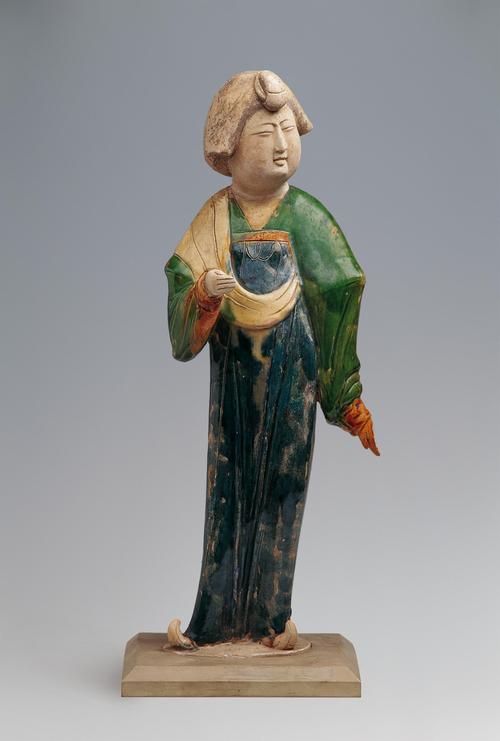
What Colour Were the Terracotta Warriors?
When we think of the Terracotta Army, we often picture an army of warriors in a singular, uniform colour - terracotta! But did you know that the Terracotta Army wasn't originally this singular shade? In fact, the warriors were once a kaleidoscope of vibrant colours, meticulously painted to bring life to their imposing figures.
The Source of Terracotta's Colour
Terracotta gets its distinctive reddish hue from the amount of iron present in the clay. When fired in a kiln, the iron reacts with oxygen, resulting in the characteristic reddish-brown colour. However, the exact shade can vary depending on several factors:
- Iron Content: Higher iron content yields a deeper red, while lower concentrations result in lighter hues, ranging from buff to orange.
- Kiln Temperature: The firing temperature significantly influences the final color. Higher temperatures generally produce darker shades.
- Firing Atmosphere: The presence or absence of oxygen during firing also plays a role. A lack of oxygen can lead to a black or grey colour.
The Original Colours of the Terracotta Army
While the vast majority of the Terracotta Army we see today is primarily terracotta in colour, remnants of their original polychrome paint reveal a much more vibrant past. These colours were not merely decorative but served symbolic and hierarchical purposes.
- Red: The most common colour, red, symbolised power, good luck, and was often used for robes and details on higher-ranking officers.
- Blue: A precious pigment made from lapis lazuli, blue represented immortality and divinity, adorning the robes of generals and other high-ranking figures.
- Green: Associated with nature and rebirth, green was used for clothing and details signifying lower-ranking soldiers and charioteers.
- Purple: Another rare and expensive colour, purple signified royalty and nobility.
- Black: Often used for hair, eyes, and weaponry, black represented strength, power, and intimidation.
Why Have the Colours Faded?
The vibrant paints used on the Terracotta Army were composed of natural pigments mixed with binding agents. Sadly, exposure to air, moisture, and the elements over centuries has led to the deterioration of these binding agents, causing the pigments to flake off.
Upon excavation, the remaining pigments faced a rapid and devastating change. Exposure to the open air caused the binding agents to oxidize and disintegrate, leading to further loss of colour.
FAQs
What type of paint was used on the Terracotta Army?
The paint used on the Terracotta Army was made from natural pigments, including minerals, plants, and insects. These pigments were mixed with binding agents, such as animal glue or lacquer, to adhere them to the terracotta surface.
Why didn’t they try to preserve the colours?
Archaeologists and scientists at the time of excavation were ill-equipped to preserve the delicate pigments. Since then, great strides have been made in the field of archaeological conservation, and efforts are underway to preserve what little colour remains and potentially even recreate the original pigments.
Are there any Terracotta Warriors with their original colour?
While most of the colour has faded, traces of the original pigments can be found on some of the figures. This is particularly true for warriors buried deeper within the pits, as they were exposed to the elements for a shorter period. Additionally, fragments of paint found in the surrounding soil offer invaluable clues about the original colour palette.